Blog
The Ultimate Guide to Choosing Heavy Equipment Parts for Your Business Needs
In the competitive landscape of the construction and heavy machinery industry, selecting the right heavy equipment parts is vital to ensuring efficiency, safety, and cost-effectiveness in operations. According to a report by Grand View Research, the global heavy equipment parts market is projected to reach USD 130.4 billion by 2025, driven by increased infrastructural development and the rising demand for machinery across various sectors. As businesses face the challenge of optimizing their equipment performance while minimizing downtime, understanding how to choose high-quality parts becomes essential.

This ultimate guide will navigate you through key considerations and strategies for selecting heavy equipment parts that align with your specific business needs, ensuring you make informed decisions that enhance productivity and drive growth.
Understanding Your Business Needs for Heavy Equipment Parts
When it comes to choosing heavy equipment parts, understanding your business needs is crucial for optimal productivity and cost-effectiveness. According to a recent report by IBISWorld, the heavy equipment manufacturing industry has shown a steady growth of approximately 3% annually over the past five years, highlighting the increasing demand for reliable equipment and parts. Assessing the specific requirements of your business can help identify which parts are essential for maintaining operational efficiency and minimizing downtime.
Tips: Start by evaluating your current equipment's performance and identifying any recurring issues that may signal a need for replacement parts. Additionally, consider the operating conditions of your machinery and the types of tasks it handles. This will allow you to prioritize durable parts suited to harsh environments or high-load applications.
Furthermore, keeping up with industry standards and technological advancements is essential. A survey by Construction Equipment magazine revealed that 62% of businesses plan to invest in more efficient and smarter parts within the next year. This trend suggests that integrating advanced components can significantly enhance overall equipment performance, leading to improved safety and reduced operational costs.
Tips: Regularly review supplier offerings and seek parts that incorporate modern technology, such as predictive maintenance capabilities, to ensure your equipment remains competitive and operationally efficient.
Top 5 Factors to Consider When Choosing Heavy Equipment Parts
When choosing heavy equipment parts for your business, it's essential to consider various factors that can significantly impact performance and cost-effectiveness.
One crucial aspect is compatibility with existing machinery; using parts that meet the manufacturer’s specifications can increase your equipment's lifespan by up to 30%, according to a recent industry report by the Association of Equipment Manufacturers (AEM). Ensuring that parts are certified can also prevent catastrophic failures, saving businesses from expensive downtime and repairs.
Another vital consideration is the quality of the parts. While cheaper options may seem attractive, investing in high-quality components can enhance reliability and efficiency. A study by the Heavy Equipment Manufacturers Association highlights that premium parts often provide up to 20% better fuel efficiency. Ignoring this can lead to increased operational costs over time.
Tips: Always conduct thorough research on suppliers to verify their credibility and read customer reviews to gauge the performance of their parts. Additionally, consider the total cost of ownership rather than just the initial purchase price to ensure you’re making a financially sound decision. Lastly, staying updated on industry trends can help you anticipate future needs, allowing for smarter purchasing decisions.
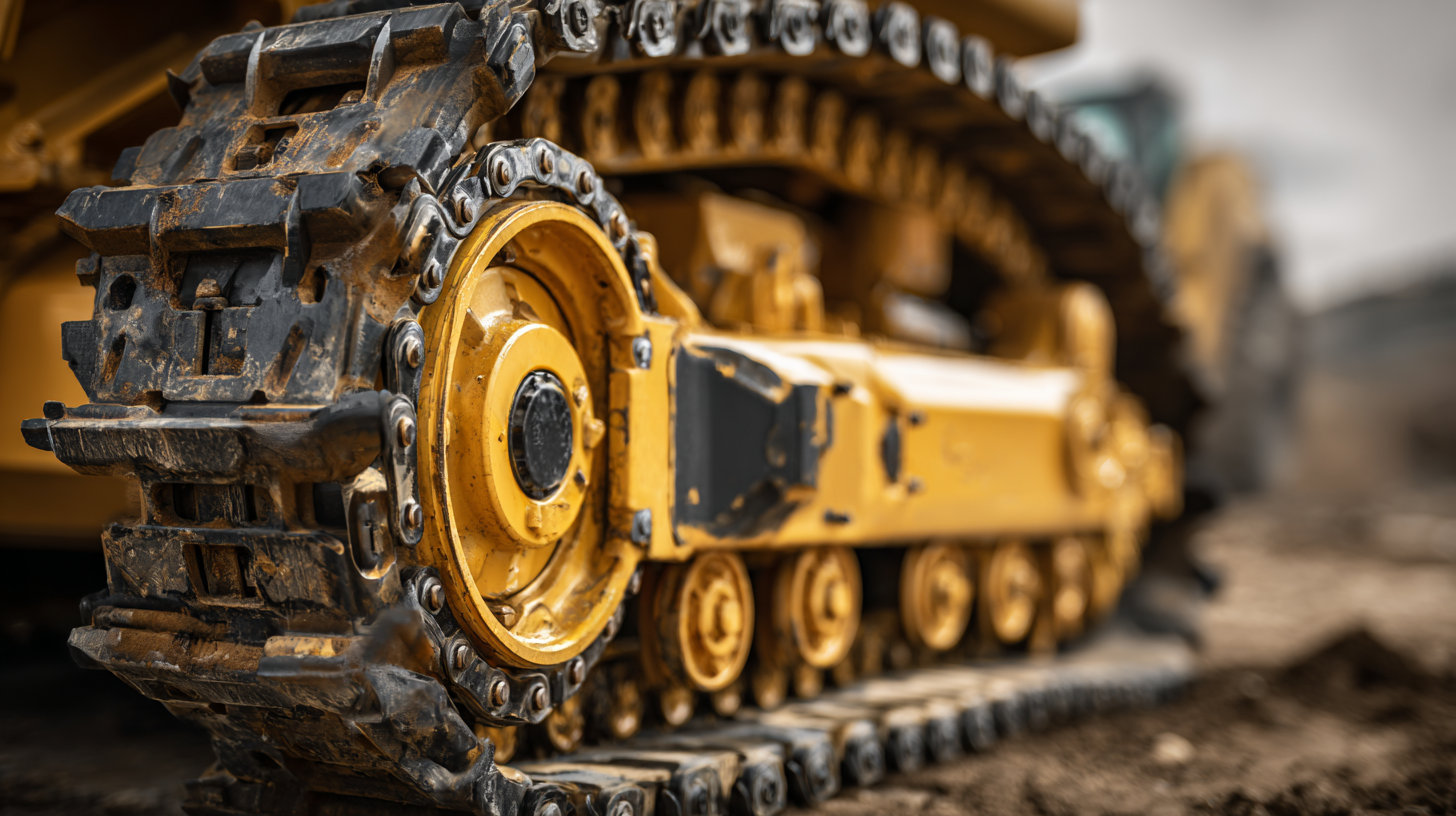
The Best Types of Heavy Equipment Parts for Construction and Agriculture
When selecting heavy equipment parts for construction and agriculture, understanding the best types tailored to your specific needs is crucial. A recent industry report by Research and Markets estimates that the global heavy equipment parts market will reach $140 billion by 2026, driven by increasing construction and agricultural activities. Key components include hydraulic parts, engines, and undercarriages, all vital to the operational efficiency of machinery.
**Tip:** Prioritize purchasing OEM (Original Equipment Manufacturer) parts when possible, as they offer superior quality and compatibility, ensuring minimal downtime for your operations. In construction, for instance, parts like hydraulic pumps are essential for the performance of excavators and loaders, and opting for OEM can enhance their lifespan and functionality.
In agriculture, the demand for reliable tractor parts is on the rise, with some studies indicating that improper parts can lead to a 20% reduction in productivity. Investing in high-grade parts like transmission systems and tire assemblies can significantly improve yields.
**Tip:** Always consider sourcing from reputable suppliers that provide a warranty or guarantee, as this can save you costs in the long run, ensuring that you have the right components to keep your equipment running smoothly.
The Ultimate Guide to Heavy Equipment Parts Usage in Construction and Agriculture
Maximizing Efficiency: Best Practices for Purchasing Heavy Equipment Parts
When it comes to maximizing efficiency in your heavy equipment operations, understanding the best practices for purchasing parts is essential. One of the most critical aspects is the importance of sourcing high-quality components. Investing in genuine OEM (Original Equipment Manufacturer) parts ensures that you are getting items that are specifically designed to work with your machinery. This not only prolongs the lifespan of your equipment but also reduces downtime caused by failures or incompatible parts.
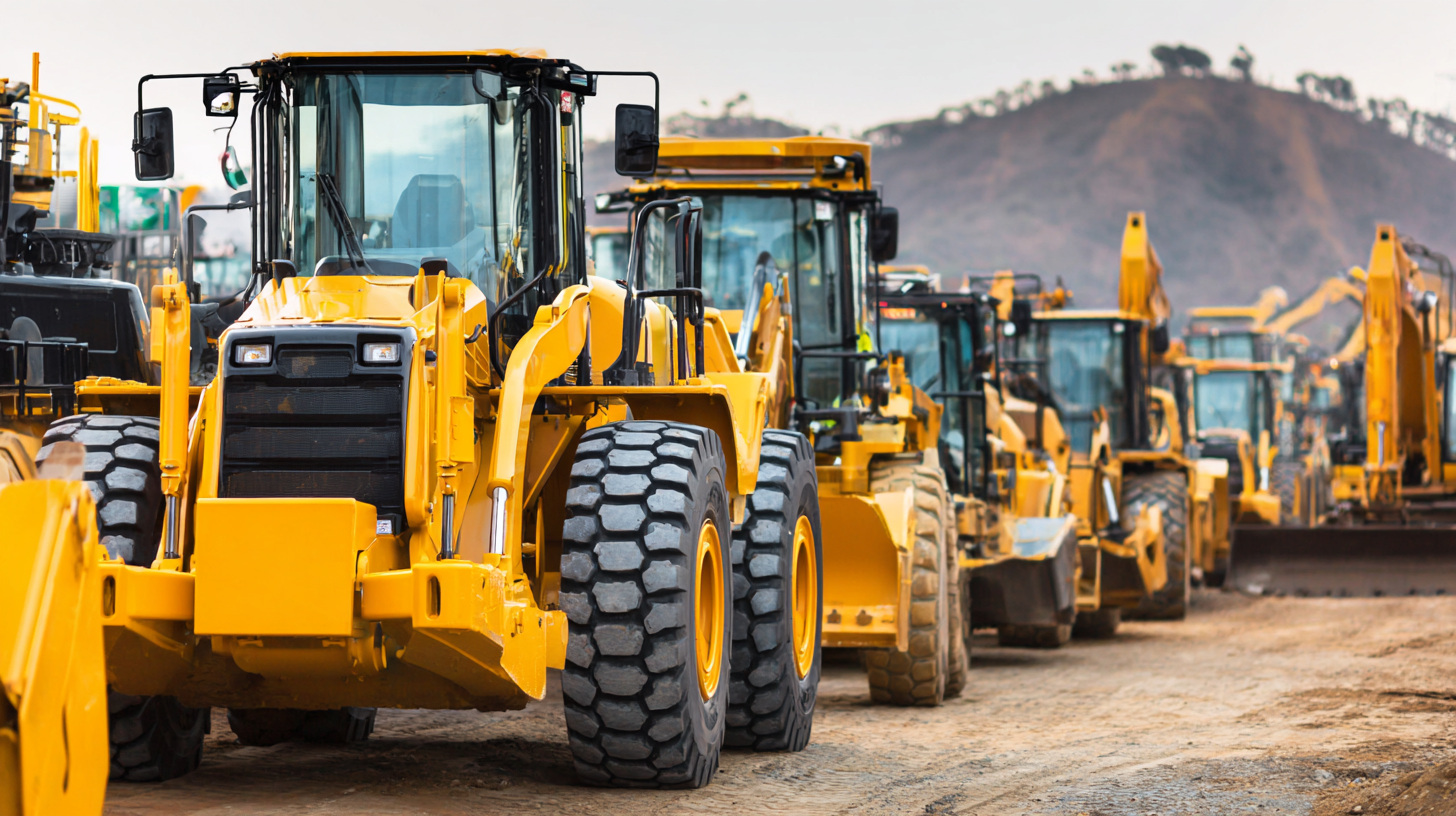
Another best practice is to build a reliable relationship with your suppliers. Establishing a partnership with reputable vendors helps you stay informed about the latest technologies and product updates. Moreover, good communication with suppliers can lead to better pricing options and timely deliveries, which are crucial for keeping your equipment operating smoothly. Regularly reviewing your inventory and keeping track of commonly replaced parts can also streamline the purchasing process, making it easier to quickly order what you need without unnecessary delays. By prioritizing quality and fostering supplier relationships, you can significantly enhance the efficiency of your heavy equipment fleet.
Cost vs. Quality: Navigating the Best Value in Heavy Equipment Parts
When it comes to selecting heavy equipment parts, the debate between cost and quality is crucial. According to the Heavy Equipment Manufacturers Association, around 30% of equipment failures can be traced back to using low-quality parts. While budget constraints often push businesses towards cheaper alternatives, investing in higher-quality parts may provide significant long-term benefits. A report from the Equipment Leasing and Finance Foundation indicates that companies opting for premium components could see a reduction in equipment downtime by up to 25%, translating into substantial savings over time.
Moreover, statistics show that the maintenance costs associated with inferior parts can outweigh their initial savings. The National Association of Heavy Equipment Dealers found that businesses using lower-quality components experience maintenance costs that are 40% higher over the life of the equipment. Choosing quality parts not only enhances the reliability and efficiency of heavy machinery but also contributes to a safer working environment. By navigating the balance between cost and quality, businesses can make informed decisions that support both their operational needs and financial health.
Related Posts
-
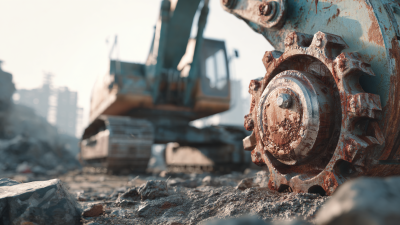
Transforming Construction Sites with the Best Heavy Equipment Parts for Efficient Operations
-
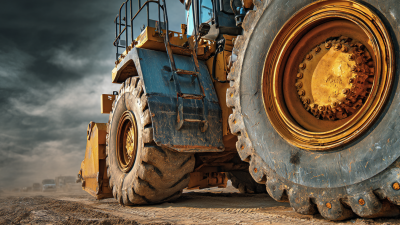
Emerging Trends in 2025: Innovative Solutions for Best Heavy Equipment Parts
-
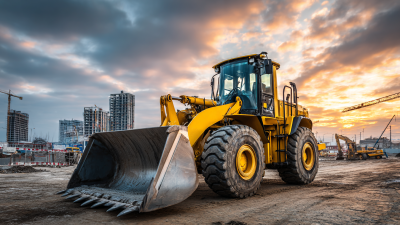
Transforming Construction Sites: What are the Best Heavy Equipment Parts for Optimal Performance?
-

Benefits of Using High Quality Construction Equipment Parts for Enhanced Performance
-

Solutions for Sourcing Heavy Equipment Parts Globally
-
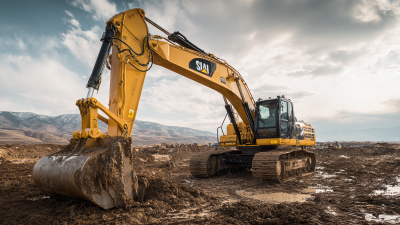
The Ultimate Guide to Choosing the Best Excavating Equipment for Your Projects
